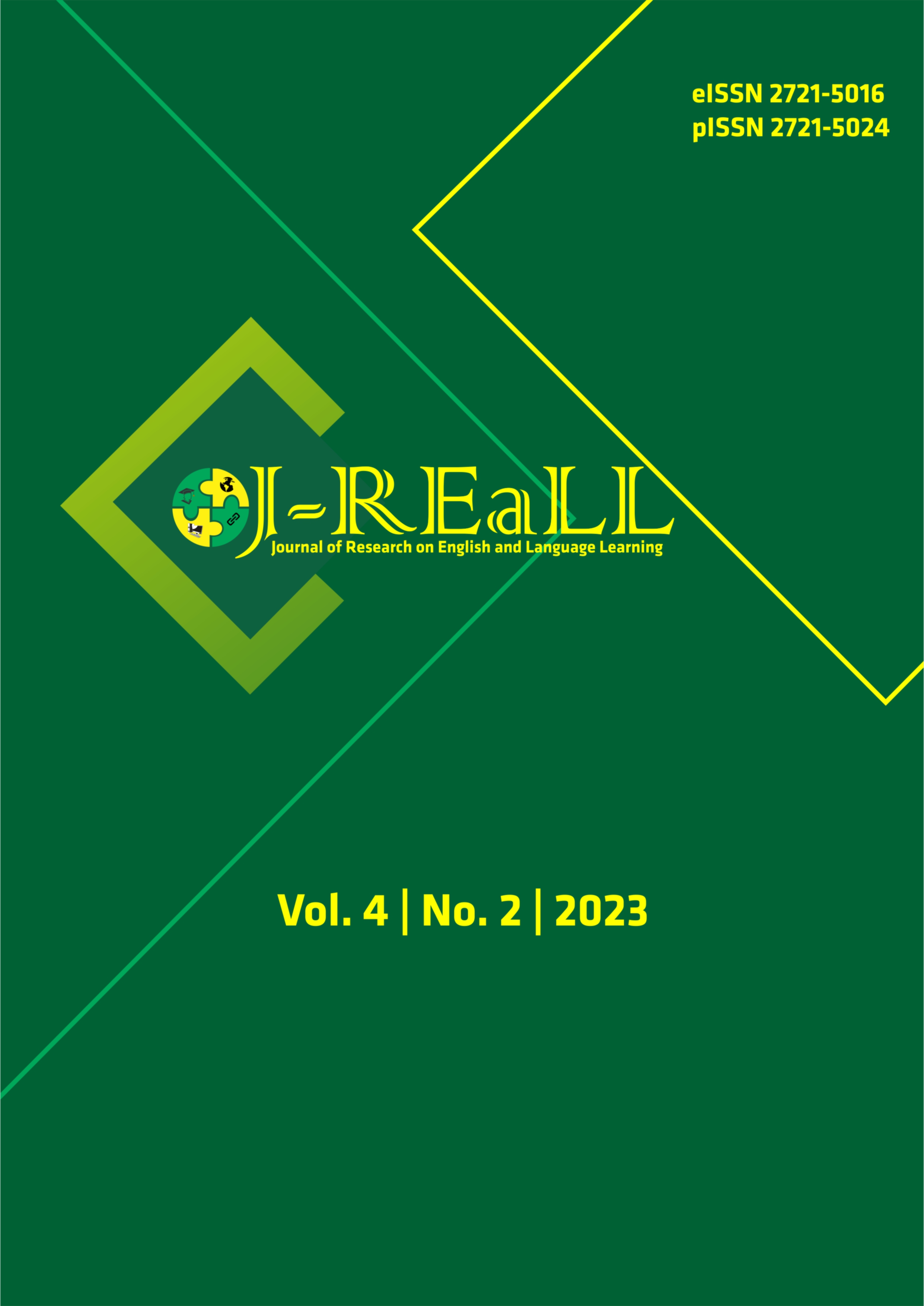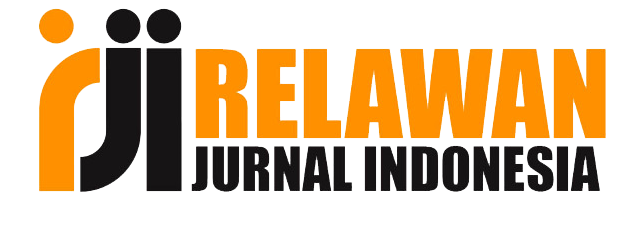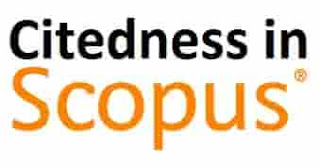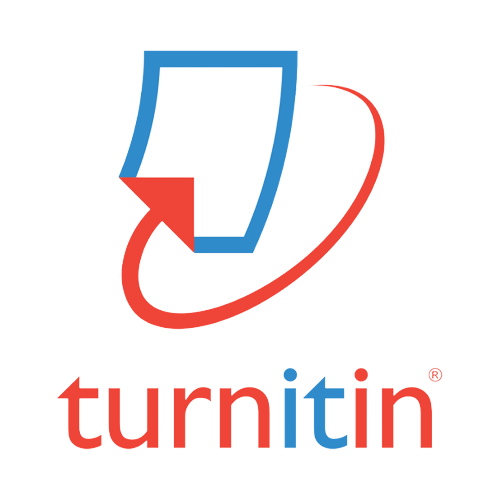Perceptions of teachers and students on the application of testportal for TOEIC practice testing
DOI:
https://doi.org/10.33474/j-reall.v4i2.20124Keywords:
summative assessment, testportal, TOEICAbstract
Assessment has always been an important part of education. However, with the recent advent and popularity of online education, teachers must devise new methods and tools for engaging online learners in examinations. Regrettably, there are limited applications available to be implemented quickly on flexible assessments. The purpose of this study is to discover how teachers and students understand this online assessment program, Testportal, for summative assessment. This is a mixed-method study. Three English teachers and 70 students from three English 1 sessions were recruited and agreed to participate in the study. A closed questionnaire, interviews, and nonparticipatory observation were used to collect data. The findings revealed that teachers' and students' perceptions of the Testportal's use were positive. The biggest obstacles that teachers and students experience when accessing Testportal are slow internet connections and teachers' difficulty in operating digital examinations. The challenges that prohibit language teachers from incorporating technology for assessment objectives originate from a lack of rules for planning, technology training, practice, and school and student equipment. Language instructors with understanding of technology and assistance from related sources should be given the opportunity to put their knowledge into practice, be watched by teacher educators, and receive feedback on their progress. The Testportal provided teachers with up-to-date information regarding online exams that support students' learning processes through dynamic assessment feedback cycles, such as teaching, assessing, and modifying different instructions to fit students' learning needs.
References
Alharbi, A. S., & Meccawy, Z. (2020). Introducing Socrative as a tool for formative assessment in Saudi EFL classrooms. Arab World English Journal, 11(3), 372-384. DOI: https://dx.doi.org/10.24093/awej/vol11no3.23
Alruwais, N., Wills, G., & Wald, M. (2018). Advantages and challenges of using e-assessment. International Journal of Information and Education Technology, 8(1), 34-37. DOI: 10.18178/ijiet.2018.8.1.1008
Baleni, Z. G. (2015). Online formative assessment in higher education: Its pros and cons. Electronic Journal of e-Learning, 13(4), pp228-236. Retrieved on January 21, 2022, from https://academic-publishing.org/index.php/ejel/article/view/1730
Bicen, H., & Kocakoyun, S. (2018). Perceptions of students for gamification approach: Kahoot as a case study. International Journal of Emerging Technologies in Learning, 13(2). DOI: 10.3991/ijet.v13i02.7467
Cassady, J. C., & Gridley, B. E. (2005). The Effects of online formative and summative assessment on test anxiety and performance. The Journal of Technology, Learning and Assessment, 4(1). Retrieved on February, 11, 2023, from https://ejournals.bc.edu/index.php/jtla/article/view/1648
Cirit, N. C. (2015). Assessing ELT pre-service teachers via Web 2.0 tools: Perceptions toward traditional, online and alternative assessment. Turkish Online Journal of Educational Technology-TOJET, 14(3), 9-19. Retrieved on January, 02, 2023, from http://www.tojet.net/articles/v14i3/1432.pdf
Creswell, John & Guetterman, Timothy. (2018). Educational Research: Planning, Conducting, and Evaluating Quantitative and Qualitative Research, 6th Edition. Pearson
Gilbert, L., Whitelock, D., & Gale, V. (2011). Synthesis report on assessment and feedback with technology enhancement. Retrieved on July, 01, 2023, from https://core.ac.uk/download/pdf/1512614.pdf
Hanson, J. M., & Mohn, L. (2011). Assessment trends: A ten-year perspective on the uses of a general education assessment. Assessment Update: Progress, Trends, and Practices in Higher Education, 23(5), 1–15. DOI: 10.1002/au.235
Hewson, C. (2012). Can online course-based assessment methods be fair and equitable? Relationships between students’ preferences and performance within online and offline assessments. Journal of Computer Assisted Learning, 28(5), 488–498. DOI: 10.1111/j.1365-2729.2011.00473.x
Ismail, M. A. A., & Mohammad, J. A. M. (2017). Kahoot: A promising tool for formative assessment in medical education. Education in medicine journal, 9(2). DOI: https://doi.org/10.21315/eimj2017.9.2.2
Khairil, L. F., & Mokshein, S. E. (2018). 21st century assessment: online assessment. International Journal of Academic Research in Business and Social Sciences, 8(1), 659-672. DOI: http://dx.doi.org/10.6007/IJARBSS/v8-i1/3838
Khan, S., & Khan, R. A. (2019). Online assessments: Exploring perspectives of university students. Education and Information Technologies, 24(1), 661-677. DOI: https://doi.org/10.1007/s10639-018-9797-0
Nurkancana, W. Sunartana. (1992). Evaluasi Hasil Belajar. Surabaya, Usaha Nasional.
Peat, M., & Franklin, S. (2002). Supporting student learning: The use of computer–based formative assessment modules. British Journal of Educational Technology, 33(5), 515-523.
Perera-Diltz, D. M., & Moe, J. L. (2014). Formative and summative assessment in online education. Journal of research in innovative teaching, 7(1). Retrieved on May, 16, 2022, from https://digitalcommons.odu.edu/chs_pubs/37
Robertson, S. N., Humphrey, S. M., & Steele, J. P. (2019). Using technology tools for formative assessments. Journal of Educators Online, 16(2), n2. Retrieved on March, 17, 2023, from https://eric.ed.gov/?id=EJ1223780
Sudarsana, I. K., Nakayanti, A. R., Sapta, A., Haimah, Satria, E., Saddhono, K., & Mursalin, M. (2019, November). Technology application in education and learning process. Journal of Physics: Conference Series (Vol. 1363, No. 1, p. 012061). IOP Publishing.
Suryani, A. (2010). ICT in education: Its benefits, difficulties, and organizational development issues. Jurnal Sosial Humaniora, 3(1), 13-33. DOI: http://dx.doi.org/10.12962/j24433527.v3i1.651
Stewart, B.L., Waight, C.L., Norwood, M.M. & Ezell, S.D. (2004). Formative and summative evaluation of online courses. Quarterly Review of Distance Education, 5(2), 101-109. Retrieved May 25, 2023 from https://www.learntechlib.org/p/106730/
Yoestara, M., Putri, Z., Keumala, M., & Idami, Z. (2020). Pre-service English teachers’ perception towards online assessment method. International Journal of Education, Language, and Religion, 2(1), 1-10. DOI: https://doi.org/10.35308/ijelr.v2i1.1933
Downloads
Published
How to Cite
Issue
Section
License
Copyright (c) 2023 Dien Novita, Gina Yulistiati, Santy Christinawati

This work is licensed under a Creative Commons Attribution 4.0 International License.
Authors who publish this journal agree to the following terms:
- Authors retain copyright and grant the journal right of first publication with the work simultaneously licensed under a Creative Commons Attribution License that allows others to share the work with an acknowledgement of the work's authorship and initial publication in this journal.
- Authors can separately make additional contractual arrangements for non-exclusive distribution published by the journal (e.g., publish it in a book), with an acknowledgement of its initial publication in this journal.
- Authors are allowed and encouraged to send their work via online (e.g., in the institutional repositories or their website) after published by the journal.





















